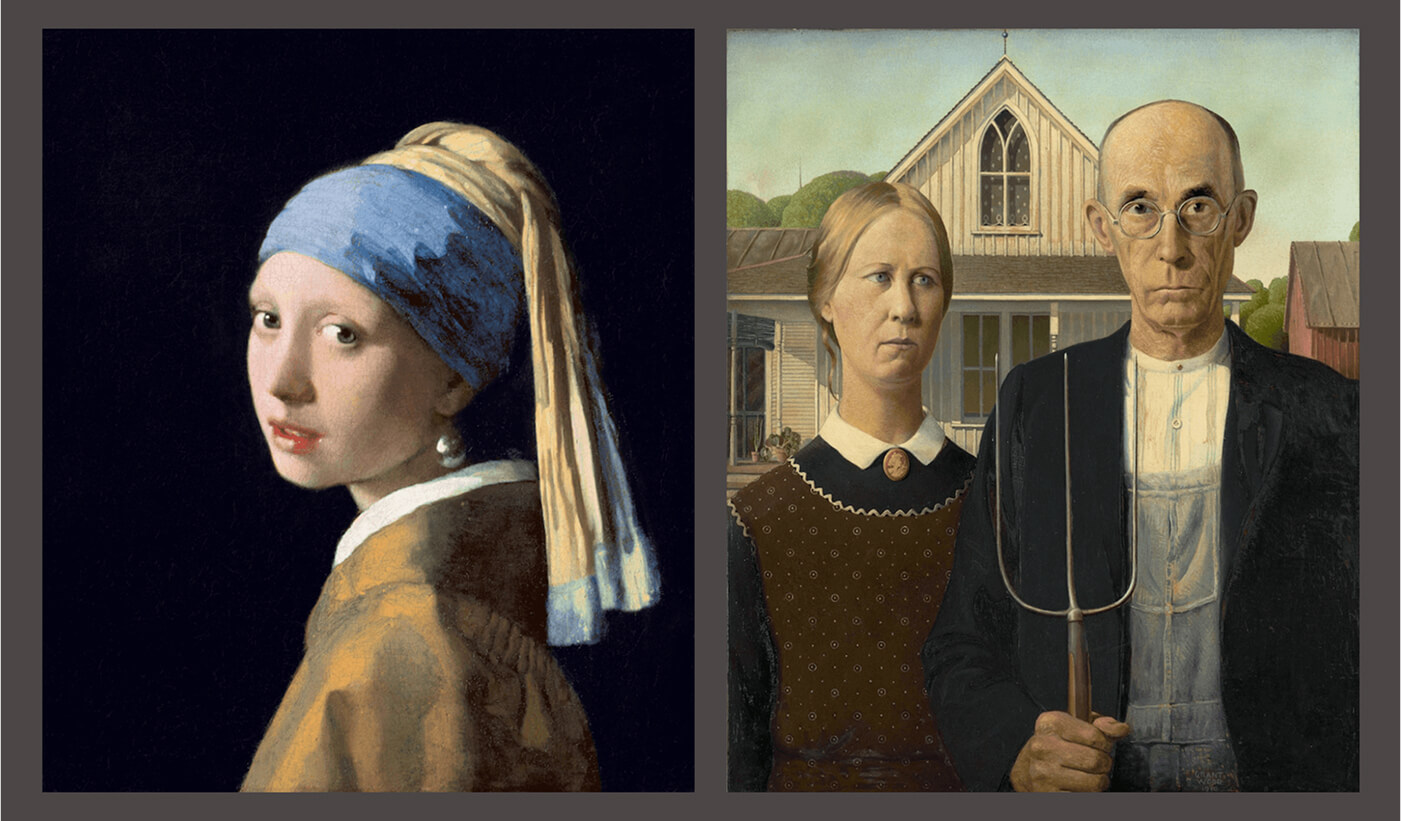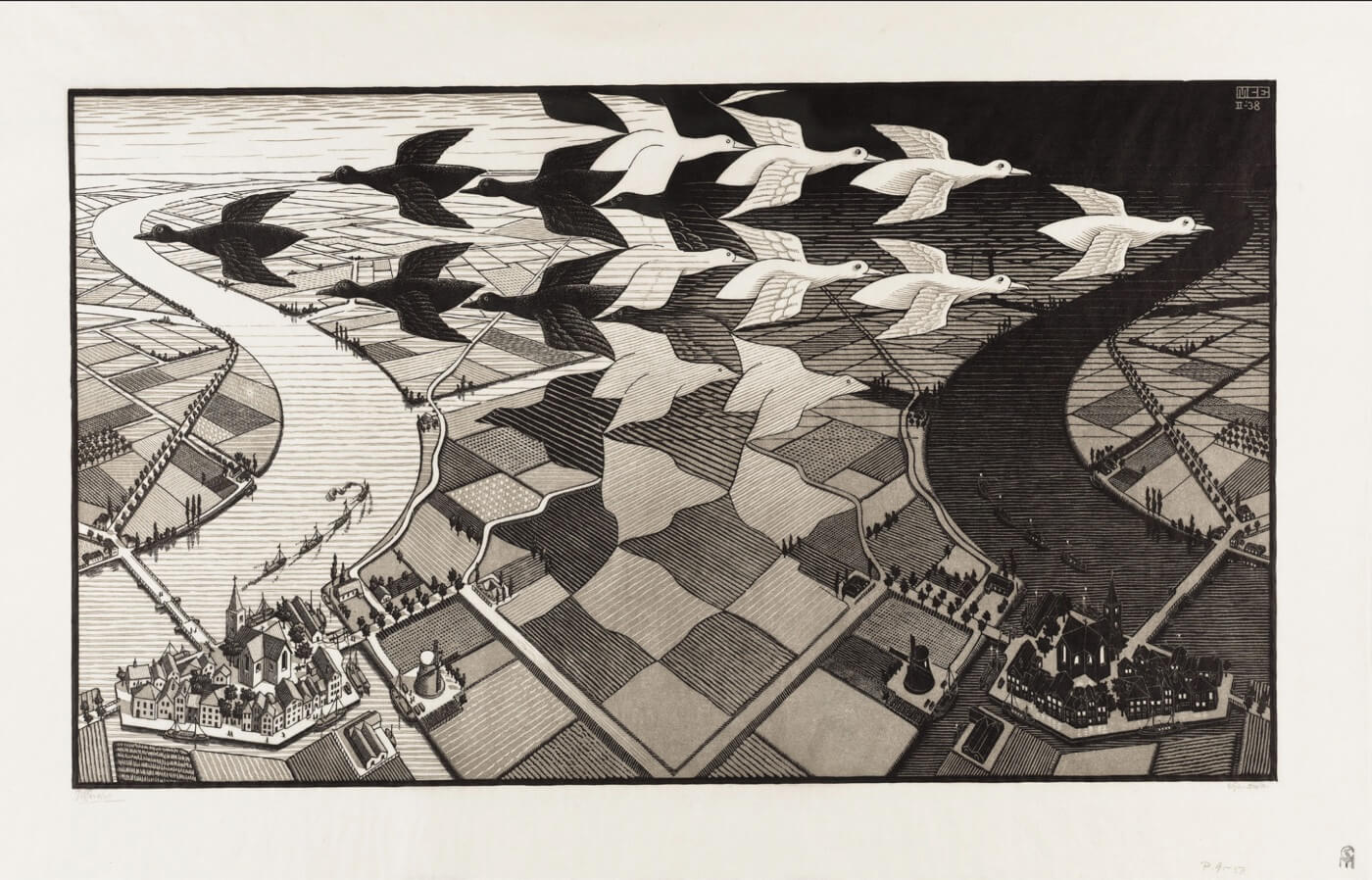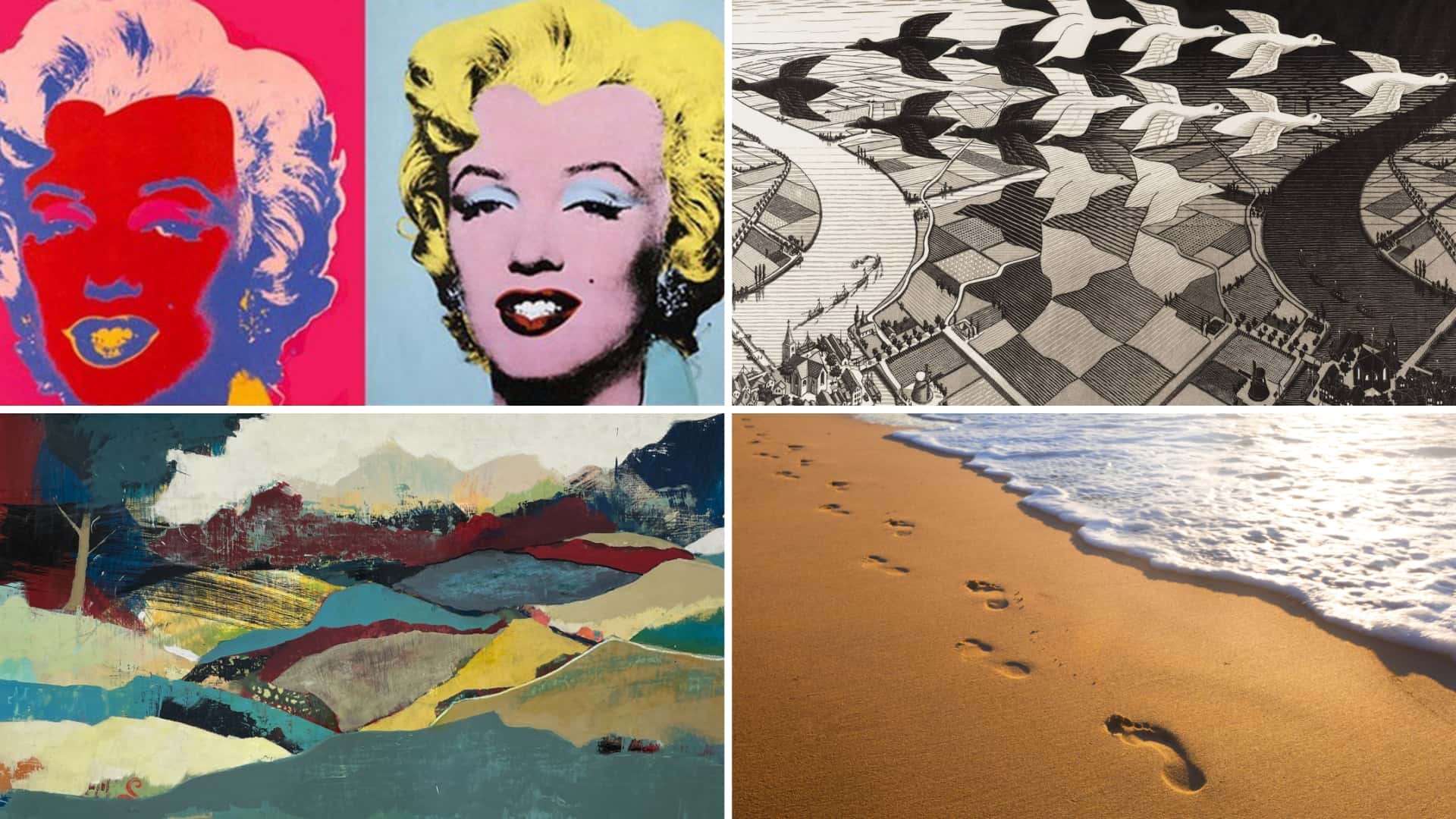Swiss philosopher Carl Jung theorized that all people are connected by a collective unconscious; which dictates we understand a collection of archetypes and symbols. But how do we understand these archetypes and symbols? Where do they appear? And how are they used? We’re going to answer those questions by exploring “repetition in art,” from character archetypes to semiotics and everything in between. By the end, you’ll know why repetition is such an important part of art.
Repetition Definition in Art
Repeating character examples
The wise old man is a character archetype who serves the narrative purpose of instructing an inexperienced protagonist.
We imported a variety of “wise old man” character archetype examples into StudioBinder’s storyboard creator software to show just how many there are. Click the link below!
Repetition in Art • Click to View Wise Old Man Character Archetype Storyboard
Carl Jung believed that archetypes materialized around the world; regardless if their creator knew of previous examples. Western and East Asian art boast a bevy of examples. But scholars posit more exist throughout the world.
The repetitive use of the “wise old man” character archetype perpetuated its relevance in the international zeitgeist. As such, it became viewed as a character cliche.
The wise old man isn’t the only character archetype — there are dozens more.
For more on archetypes and the art of repeating characters, check out our articles on Jungian archetypes, stereotypes, and characterization.
Repeating Sign Examples
What does repetition mean in art?
Before we jump into some repeating sign examples, we have to first understand the three branches of semiotics. What is semiotics? Well, semiotics is the study of signs. What are the three branches of semiotics? Icons, indices, and symbols.
This next video breaks down the basics of icons, indices, and symbols.
Repetition and Rhythm in Art • Icon, Symbol, Index: C.S. Pierce’s Three Signs With Jordan Schonig
Now, let’s formally outline the three terms.
ICONS
An icon is a signifier that resembles something real. For example, a portrait photograph resembles a realistic interpretation of the signified.

Johannes Vermeer, “Girl with a Pearl Earring,” c. 1665 & Grant Wood, “American Gothic,” 1930
INDICES
An index is a causal interpretation derived from the relationship between the signifier and the signified. For example, a beaver dam points to the associative meaning that beavers had been in an area.

Easy Repetition in Art • Footprints in the Sand by Artist Unknown
SYMBOLS
A symbol is a piece of visual media that is understood only through cultural learning. For example, the English alphabet is composed of symbols; without the requisite knowledge to know what they mean, they hold no intrinsic value.

Repetition Definition in Art • Language is Comprised of Symbols
Pattern and Repetition in Art
Repetition art examples
So, what does repetition in art have to do with icons, indices, and symbols? Well, everything. Think about it: how often do you see repeating signs? Traffic lights. Road signs. Photographs. Videos. Insignias. Letters. Numbers. They’re all signs. And they’re all essential to art.
However, some signs are more significant than others. How do we deduce the significance of a sign? Through connotation. What is connotation? Connotation is a non-literal interpretation of a term, object, or idea.
For example, the interpretation of Rosebud as a metaphor for Kane’s lost childhood in the Citizen Kane screenplay is an example of connotation.
When signs are used repeatedly in art, they develop a special connotation. For example, “jumping the shark” is interpreted as something more than just “jumping a shark.” It’s interpreted as a total departure from reality.
Writers who employ “jumping the shark” must be mindful that it carries an especial connotative weight.
Moreso, the interpretation of certain icons, indices, and symbols is subject to change over time. For example, the swastika was once a symbol for wellbeing in Hindu Sanskrit. Over time, it was taken and turned into a symbol for hate.
Repetition Artwork
Repeating pattern examples
Repetition in art doesn’t have to revolve around character archetypes or semiotics. It can also revolve around something as simple as repeating patterns. Artists like Andy Warhol rose to fame with repeating pattern prints.
Here’s an iconic example:

Repetition Artwork • Marilyn Monroe Prints by Andy Warhol
Here, Warhol used a printing technique to mass-produce repeating prints. However, the color gives each copy a unique look.
Elsewhere, artists like M.C. Escher used repeating figures to give their works a fluid, Surrealist feel.

Repetition Definition in Art • Journey to Infinity by M.C. Escher
There are a number of reasons why Escher’s work (pictured above) is considered masterful; chiefly the use of dynamic contrast, parallel structure, symmetry, and geometry. But there’s no denying that repetition is an important part of the work’s success too.
Up Next
What is a Motif?
After reading through our examples, hopefully you can see why repetition plays such an important role in art. Want to see more “repetition in art” examples? Check out our article on motifs where we break down repeating elements in cinema classics such as Dr. No, American Beauty, and more. By the end, you’ll know what a motif is and how to implement it in your own works.
Up Next: Motif Definition & Examples →
Showcase your vision with elegant shot lists and storyboards.
Create robust and customizable shot lists. Upload images to make storyboards and slideshows.

